slowfast模型自定义数据集标注,完整的资源在我的文档里面
1、视频采集
本次训练以实验为目的,采集7段30秒以上的货车相关的视频!
2、视频抽帧
目的有3个:
1是为了统一各个视频的长度(测试发现,若视频时长不一,训练过程可能出现问题,未作进一步验证)
2是为了1秒抽1帧图片,目的是用来标注,ava数据集就是1秒1帧。
3是为了1秒抽30帧图片,目的是为了训练,据说因为slowfast在slow流里1秒会采集到15帧,在fast流里1秒会采集到2帧。
以下是解析脚本,脚本仅支持在linux系统下运行:
lzj_video2img.py
import os
import shutil
from tqdm import tqdm
start = 0
seconds = 30
video_path = './ava/videos'
labelframes_path = './ava/labelframes'
rawframes_path = './ava/rawframes'
cut_videos_sh_path = './cut_videos.sh'
if os.path.exists(labelframes_path):
shutil.rmtree(labelframes_path)
if os.path.exists(rawframes_path):
shutil.rmtree(rawframes_path)
fps = 30
raw_frames = seconds*fps
with open(cut_videos_sh_path, 'r') as f:
sh = f.read()
sh = sh.replace(sh[sh.find(' ffmpeg'):], f' ffmpeg -ss {start} -t {seconds} -i "${{video}}" -r 30 -strict experimental "${{out_name}}"\n fi\ndone\n')
with open(cut_videos_sh_path, 'w') as f:
f.write(sh)
# 902打到1798
os.system('bash cut_videos.sh')
os.system('bash extract_rgb_frames_ffmpeg.sh')
os.makedirs(labelframes_path, exist_ok=True)
video_ids = [video_id[:-4] for video_id in os.listdir(video_path)]
for video_id in tqdm(video_ids):
for img_id in range(2*fps+1, (seconds-2)*30, fps):
shutil.copyfile(os.path.join(rawframes_path, video_id, 'img_'+format(img_id, '05d')+'.jpg'),
os.path.join(labelframes_path, video_id+'_'+format(start+img_id//30, '05d')+'.jpg'))

lzj_extract_rgb_frames_ffmpeg.sh
IN_DATA_DIR="./ava/videos_cut"
OUT_DATA_DIR="./ava/rawframes"
if [[ ! -d "${OUT_DATA_DIR}" ]]; then
echo "${OUT_DATA_DIR} doesn't exist. Creating it.";
mkdir -p ${OUT_DATA_DIR}
fi
for video in $(ls -A1 -U ${IN_DATA_DIR}/*)
do
video_name=${video##*/}
if [[ $video_name = *".webm" ]]; then
video_name=${video_name::-5}
else
video_name=${video_name::-4}
fi
out_video_dir=${OUT_DATA_DIR}/${video_name}
mkdir -p "${out_video_dir}"
out_name="${out_video_dir}/img_%05d.jpg"
ffmpeg -i "${video}" -r 30 -q:v 1 "${out_name}"
done
lzj_cut_videos.sh
IN_DATA_DIR="./ava/videos"
OUT_DATA_DIR="./ava/videos_cut"
if [[ ! -d "${OUT_DATA_DIR}" ]]; then
echo "${OUT_DATA_DIR} doesn't exist. Creating it.";
mkdir -p ${OUT_DATA_DIR}
fi
for video in $(ls -A1 -U ${IN_DATA_DIR}/*)
do
out_name="${OUT_DATA_DIR}/${video##*/}"
if [ ! -f "${out_name}" ]; then
ffmpeg -ss 0 -t 3 -i "${video}" -r 30 -strict experimental "${out_name}"
fi
done
以上3个脚本放在同一目录下,并在目录下创建ava/videos文件夹,
将准备的7个视频放在videos是文件夹下,由于7个视频的时长都在30秒以上,所以修改video2img.py中的seconds为30(这里要注意,seconds为视频结束时间,所以准备的视频文件时长都必须超过30秒)。
然后执行:python video2img.py
执行完成后,会在ava文件夹下生成三个文件夹,labelframes里存放的是需要标注的图片(1秒抽1帧的图片),rawframes里放的是每个视频文件每秒30帧的图片(用于slowfast训练),videos_cut文件夹里放的时裁剪后的视频文件(视频时长是1-30秒),videos里放的就是原视频文件。实际在以后的训练过程中,videos_cut和videos里的文件就已经没啥用处了,可以直接删掉。
3、图片标注说明
最开始接触slowfast时,就被图片标注这块绕晕了,实际上图片标注分为两种方式,1是自动标注,2是手动标注。
所谓自动标注,也就是使用faster rcnn自动把图片中的人、动物框出来,然后我们再标注动物的行为,如果待标注的图片数据量比较大,这种方式无疑是很好的,比较手动画框框是很累人的。
所谓手动标注,也就是说,我们手动画框框,然后再标注人或者动物的行为,这种方式比较适合图片数据量比较小的情况。
由于我准备的7个视频文件,视频总长度也就3分钟多一点,1秒抽1帧图片,需要标注的图片顶多也就210张,而且标注的是货车这类物体,所以我选择手动标注,手动框选图中的货车,然后标注货车的行为。
4、开始标注图片
slowfast需要ava格式的数据集,先使用via工具标注图片中的行为,然后再使用脚本将导出的csv文件转为slowfast需要的ava格式即可。我使用的via版本为via-3.0.11。
via标注工具下载地址:https://gitlab.com/vgg/via/tree/master


下载完成后,运行via_image_annotator.html打开

点击如下图所示加号图标,将labelframes文件夹下全部图片导入。
点击如下图所示图标
创建一个attribute,anchor选择第二项

input type选择checkbox

然后再options中定义货车的三个行为,我定义了三个行为,货车抛撒、货车正常行驶、货车停止,用英文状态下的逗号分割开,然后preview中勾选三个行为。

接下来开始标注图片,框选图片中的货车,然后点击矩形框,勾选你认为货车出现的行为,如下图所示:
切换到下一张图片

全部标注完成后,点击如下图所示图标:
保持默认选项,点击“Export”导出csv文件,注意,该csv文件最好不要用Excel打开进行编辑!!!

此时会得到一个csv文件。
使用vim打开看看
从第11行开始就是每张图的标注情况,关键检查一下有没有漏标行为的。大括号没类别的就是漏标
5、via数据集转为slowfast格式
slowfast数据集要求ava格式,同时需要提供pkl文件,使用以下python脚本可一键生成全部所需配置文件!
lzj_via2ava.py
"""
Theme:ava format data transformer
description:
这是一个数据格式转换器,根据mmaction2的ava数据格式转换规则将来自网站:
https://www.robots.ox.ac.uk/~vgg/software/via/app/via_video_annotator.html
的、标注好的、视频理解类型的csv文件转换为mmaction2指定的数据格式。
转换规则:
# AVA Annotation Explained
In this section, we explain the annotation format of AVA in details:
```
mmaction2
├── data
│ ├── ava
│ │ ├── annotations
│ │ | ├── ava_dense_proposals_train.FAIR.recall_93.9.pkl
│ │ | ├── ava_dense_proposals_val.FAIR.recall_93.9.pkl
│ │ | ├── ava_dense_proposals_test.FAIR.recall_93.9.pkl
│ │ | ├── ava_train_v2.1.csv
│ │ | ├── ava_val_v2.1.csv
│ │ | ├── ava_train_excluded_timestamps_v2.1.csv
│ │ | ├── ava_val_excluded_timestamps_v2.1.csv
│ │ | ├── ava_action_list_v2.1.pbtxt
```
## The proposals generated by human detectors
In the annotation folder, `ava_dense_proposals_[train/val/test].FAIR.recall_93.9.pkl` are human proposals generated by a human detector. They are used in training, validation and testing respectively. Take `ava_dense_proposals_train.FAIR.recall_93.9.pkl` as an example. It is a dictionary of size 203626. The key consists of the `videoID` and the `timestamp`. For example, the key `-5KQ66BBWC4,0902` means the values are the detection results for the frame at the $$902_{nd}$$ second in the video `-5KQ66BBWC4`. The values in the dictionary are numpy arrays with shape $$N \times 5$$ , $$N$$ is the number of detected human bounding boxes in the corresponding frame. The format of bounding box is $$[x_1, y_1, x_2, y_2, score], 0 \le x_1, y_1, x_2, w_2, score \le 1$$. $$(x_1, y_1)$$ indicates the top-left corner of the bounding box, $$(x_2, y_2)$$ indicates the bottom-right corner of the bounding box; $$(0, 0)$$ indicates the top-left corner of the image, while $$(1, 1)$$ indicates the bottom-right corner of the image.
## The ground-truth labels for spatio-temporal action detection
In the annotation folder, `ava_[train/val]_v[2.1/2.2].csv` are ground-truth labels for spatio-temporal action detection, which are used during training & validation. Take `ava_train_v2.1.csv` as an example, it is a csv file with 837318 lines, each line is the annotation for a human instance in one frame. For example, the first line in `ava_train_v2.1.csv` is `'-5KQ66BBWC4,0902,0.077,0.151,0.283,0.811,80,1'`: the first two items `-5KQ66BBWC4` and `0902` indicate that it corresponds to the $$902_{nd}$$ second in the video `-5KQ66BBWC4`. The next four items ($$[0.077(x_1), 0.151(y_1), 0.283(x_2), 0.811(y_2)]$$) indicates the location of the bounding box, the bbox format is the same as human proposals. The next item `80` is the action label. The last item `1` is the ID of this bounding box.
## Excluded timestamps
`ava_[train/val]_excludes_timestamps_v[2.1/2.2].csv` contains excluded timestamps which are not used during training or validation. The format is `video_id, second_idx` .
## Label map
`ava_action_list_v[2.1/2.2]_for_activitynet_[2018/2019].pbtxt` contains the label map of the AVA dataset, which maps the action name to the label index.
"""
import csv
import os
from distutils.log import info
import pickle
from matplotlib.pyplot import contour, show
import numpy as np
import cv2
from sklearn.utils import shuffle
def transformer(origin_csv_path, frame_image_dir,
train_output_pkl_path, train_output_csv_path,
valid_output_pkl_path, valid_output_csv_path,
exclude_train_output_csv_path, exclude_valid_output_csv_path,
out_action_list, out_labelmap_path, dataset_percent=0.9):
"""
输入:
origin_csv_path:从网站导出的csv文件路径。
frame_image_dir:以"视频名_第n秒.jpg"格式命名的图片,这些图片是通过逐秒读取的。
output_pkl_path:输出pkl文件路径
output_csv_path:输出csv文件路径
out_labelmap_path:输出labelmap.txt文件路径
dataset_percent:训练集和测试集分割
输出:无
"""
# -----------------------------------------------------------------------------------------------
get_label_map(origin_csv_path, out_action_list, out_labelmap_path)
# -----------------------------------------------------------------------------------------------
information_array = [[], [], []]
# 读取输入csv文件的位置信息段落
with open(origin_csv_path, 'r') as csvfile:
count = 0
content = csv.reader(csvfile)
for line in content:
# print(line)
if count >= 10:
frame_image_name = eval(line[1])[0] # str
# print(line[-2])
location_info = eval(line[4])[1:] # list
action_list = list(eval(line[5]).values())[0].split(',')
action_list = [int(x) for x in action_list] # list
information_array[0].append(frame_image_name)
information_array[1].append(location_info)
information_array[2].append(action_list)
count += 1
# 将:对应帧图片名字、物体位置信息、动作种类信息汇总为一个信息数组
information_array = np.array(information_array, dtype=object).transpose()
# information_array = np.array(information_array)
# -----------------------------------------------------------------------------------------------
num_train = int(dataset_percent * len(information_array))
train_info_array = information_array[:num_train]
valid_info_array = information_array[num_train:]
get_pkl_csv(train_info_array, train_output_pkl_path, train_output_csv_path, exclude_train_output_csv_path, frame_image_dir)
get_pkl_csv(valid_info_array, valid_output_pkl_path, valid_output_csv_path, exclude_valid_output_csv_path, frame_image_dir)
def get_label_map(origin_csv_path, out_action_list, out_labelmap_path):
classes_list = 0
classes_content = ""
labelmap_strings = ""
# 提取出csv中的第9行的行为下标
with open(origin_csv_path, 'r') as csvfile:
count = 0
content = csv.reader(csvfile)
for line in content:
if count == 8:
classes_list = line
break
count += 1
# 截取种类字典段落
st = 0
ed = 0
for i in range(len(classes_list)):
if classes_list[i].startswith('options'):
st = i
if classes_list[i].startswith('default_option_id'):
ed = i
for i in range(st, ed):
if i == st:
classes_content = classes_content + classes_list[i][len('options:'):] + ','
else:
classes_content = classes_content + classes_list[i] + ','
classes_dict = eval(classes_content)[0]
# 写入labelmap.txt文件
with open(out_action_list, 'w') as f: # 写入action_list文件
for v, k in classes_dict.items():
labelmap_strings = labelmap_strings + "label {{\n name: \"{}\"\n label_id: {}\n label_type: PERSON_MOVEMENT\n}}\n".format(k, int(v)+1)
f.write(labelmap_strings)
labelmap_strings = ""
with open(out_labelmap_path, 'w') as f: # 写入label_map文件
for v, k in classes_dict.items():
labelmap_strings = labelmap_strings + "{}: {}\n".format(int(v)+1, k)
f.write(labelmap_strings)
def get_pkl_csv(information_array, output_pkl_path, output_csv_path, exclude_output_csv_path, frame_image_dir):
# 在遍历之前需要对我们的字典进行初始化
pkl_data = dict() # 存储pkl键值对信的字典(其值为普通list)
csv_data = [] # 存储导出csv文件的2d数组
read_data = {} # 存储pkl键值对的字典(方便字典的值化为numpy数组)
for i in range(len(information_array)):
img_name = information_array[i][0]
# -------------------------------------------------------------------------------------------
video_name, frame_name = '_'.join(img_name.split('_')[:-1]), format(int(img_name.split('_')[-1][:-4]), '04d') # 我的格式是"视频名称_帧名称",格式不同可自行更改
# -------------------------------------------------------------------------------------------
pkl_key = video_name + ',' + frame_name
pkl_data[pkl_key] = []
# 遍历所有的图片进行信息读取并写入pkl数据
for i in range(len(information_array)):
img_name = information_array[i][0]
# -------------------------------------------------------------------------------------------
video_name, frame_name = '_'.join(img_name.split('_')[:-1]), str(int(img_name.split('_')[-1][:-4])) # 我的格式是"视频名称_帧名称",格式不同可自行更改
# -------------------------------------------------------------------------------------------
imgpath = frame_image_dir + '/' + img_name
location_list = information_array[i][1]
action_info = information_array[i][2]
image_array = cv2.imread(imgpath)
h, w = image_array.shape[:2]
# 进行归一化
location_list[0] /= w
location_list[1] /= h
location_list[2] /= w
location_list[3] /= h
location_list[2] = location_list[2]+location_list[0]
location_list[3] = location_list[3]+location_list[1]
# 置信度置为1
# 组装pkl数据
for kind_idx in action_info:
csv_info = [video_name, frame_name, *location_list, kind_idx+1, 1]
csv_data.append(csv_info)
location_list = location_list + [1]
pkl_key = video_name + ',' + format(int(frame_name), '04d')
pkl_value = location_list
pkl_data[pkl_key].append(pkl_value)
for k, v in pkl_data.items():
read_data[k] = np.array(v)
with open(output_pkl_path, 'wb') as f: # 写入pkl文件
pickle.dump(read_data, f)
with open(output_csv_path, 'w', newline='') as f: # 写入csv文件, 设定参数newline=''可以不换行。
f_csv = csv.writer(f)
f_csv.writerows(csv_data)
with open(exclude_output_csv_path, 'w', newline='') as f: # 写入csv文件, 设定参数newline=''可以不换行。
f_csv = csv.writer(f)
f_csv.writerows([])
def showpkl(pkl_path):
with open(pkl_path, 'rb') as f:
content = pickle.load(f)
return content
def showcsv(csv_path):
output = []
with open(csv_path, 'r') as f:
content = csv.reader(f)
for line in content:
output.append(line)
return output
def showlabelmap(labelmap_path):
classes_dict = dict()
with open(labelmap_path, 'r') as f:
content = (f.read().split('\n'))[:-1]
for item in content:
mid_idx = -1
for i in range(len(item)):
if item[i] == ":":
mid_idx = i
classes_dict[item[:mid_idx]] = item[mid_idx + 1:]
return classes_dict
os.makedirs('./ava/annotations', exist_ok=True)
transformer("./test01.csv", './ava/labelframes',
'./ava/annotations/ava_dense_proposals_train.FAIR.recall_93.9.pkl', './ava/annotations/ava_train_v2.1.csv',
'./ava/annotations/ava_dense_proposals_val.FAIR.recall_93.9.pkl', './ava/annotations/ava_val_v2.1.csv',
'./ava/annotations/ava_train_excluded_timestamps_v2.1.csv', './ava/annotations/ava_val_excluded_timestamps_v2.1.csv',
'./ava/annotations/ava_action_list_v2.1.pbtxt', './ava/annotations/labelmap.txt', 0.9)
print(showpkl('./ava/annotations/ava_dense_proposals_train.FAIR.recall_93.9.pkl'))
print(showcsv('././ava/annotations/ava_train_v2.1.csv'))
print(showlabelmap('././ava/annotations/labelmap.txt'))
将lzj_via2ava.py和你的csv文件放在与ava同级目录下,如下图所示:

重点将代码中的“test01.csv”替换为自己的csv文件名,然后执行python lzj_via2ava.py,
报IndexError: list index out of range错误

怀疑是标注图片过少的原因
重新更换为一个视频更长的标注

标注完重新运行
报错ValueError: invalid literal for int() with base 10: '' ''

检查csv文件,发现6_00013.jpg这张图片缺少动作标签
进入via标注平台,查看6_00013.jpg图片标注情况
都是存在动作类别的,尝试重新导出,依然一样缺少动作标签
手动插入一个零
重新运行,3_00012.jpg这张图片报错
在via标注平台检查标注图片,没发现问题,继续在csv文件手动添加标注信息

重新运行,3_00011.jpg这张图片报IndexError: list index out of r错
今via平台检查图片,发现有一个框未标注
在csv文件直接添加标注信息
继续运行,第3_00011.jpg这张图片报ValueError: invalid literal for int() with base 10: ''错
修改标注文件csv
对标注文件csv进行整体检查,修改多个出错标注信息
继续运行OK
此时会在ava/annotations目录下生成slowfast训练时所需的全部文件。
6、slowfast环境部署
MMAction2是一个视频理解工具箱,方便我们快速复现顶会论文。安装步骤也很简单,源码地址:
https://github.com/open-mmlab/mmaction2
conda create -n open-mmlab python=3.8 pytorch=1.10 cudatoolkit=11.3 torchvision -c pytorch -y
conda activate open-mmlab
pip3 install openmim
mim install mmcv-full
mim install mmdet # optional
mim install mmpose # optional
git clone https://github.com/open-mmlab/mmaction2.git
cd mmaction2
pip3 install -e .
环境部署成功后,在mmaction2目录下创建data文件夹,然后将与lzj_via2ava.py脚本同目录下的ava文件夹放在data下。
7、调整配置文件
进入mmaction2/configs/detection/ava目录,复制slowfast_kinetics_pretrained_r50_4x16x1_20e_ava_rgb.py文件改名为slowfast_kinetics_pretrained_dog_r50_4x16x1_20e_ava_rgb.py,配置文件内容如下:
# model setting
model = dict(
type='FastRCNN',
backbone=dict(
type='ResNet3dSlowFast',
pretrained=None,
resample_rate=8,
speed_ratio=8,
channel_ratio=8,
slow_pathway=dict(
type='resnet3d',
depth=50,
pretrained=None,
lateral=True,
conv1_kernel=(1, 7, 7),
dilations=(1, 1, 1, 1),
conv1_stride_t=1,
pool1_stride_t=1,
inflate=(0, 0, 1, 1),
spatial_strides=(1, 2, 2, 1)),
fast_pathway=dict(
type='resnet3d',
depth=50,
pretrained=None,
lateral=False,
base_channels=8,
conv1_kernel=(5, 7, 7),
conv1_stride_t=1,
pool1_stride_t=1,
spatial_strides=(1, 2, 2, 1))),
roi_head=dict(
type='AVARoIHead',
bbox_roi_extractor=dict(
type='SingleRoIExtractor3D',
roi_layer_type='RoIAlign',
output_size=8,
with_temporal_pool=True),
bbox_head=dict(
type='BBoxHeadAVA',
in_channels=2304,
num_classes=5,
topk=(1,4),
multilabel=True,
dropout_ratio=0.5)),
train_cfg=dict(
rcnn=dict(
assigner=dict(
type='MaxIoUAssignerAVA',
pos_iou_thr=0.9,
neg_iou_thr=0.9,
min_pos_iou=0.9),
sampler=dict(
type='RandomSampler',
num=32,
pos_fraction=1,
neg_pos_ub=-1,
add_gt_as_proposals=True),
pos_weight=1.0,
debug=False)),
test_cfg=dict(rcnn=dict(action_thr=0.002)))
dataset_type = 'AVADataset'
data_root = '../data/ava/rawframes'
anno_root = '../data/ava/annotations'
ann_file_train = f'{anno_root}/ava_train_v2.1.csv'
ann_file_val = f'{anno_root}/ava_val_v2.1.csv'
exclude_file_train = f'{anno_root}/ava_train_excluded_timestamps_v2.1.csv'
exclude_file_val = f'{anno_root}/ava_val_excluded_timestamps_v2.1.csv'
label_file = f'{anno_root}/ava_action_list_v2.1.pbtxt'
proposal_file_train = (f'{anno_root}/ava_dense_proposals_train.FAIR.'
'recall_93.9.pkl')
proposal_file_val = f'{anno_root}/ava_dense_proposals_val.FAIR.recall_93.9.pkl'
img_norm_cfg = dict(
mean=[123.675, 116.28, 103.53], std=[58.395, 57.12, 57.375], to_bgr=False)
train_pipeline = [
dict(type='SampleAVAFrames', clip_len=32, frame_interval=2),
dict(type='RawFrameDecode'),
dict(type='RandomRescale', scale_range=(256, 320)),
dict(type='RandomCrop', size=256),
dict(type='Flip', flip_ratio=0.5),
dict(type='Normalize', **img_norm_cfg),
dict(type='FormatShape', input_format='NCTHW', collapse=True),
# Rename is needed to use mmdet detectors
dict(type='Rename', mapping=dict(imgs='img')),
dict(type='ToTensor', keys=['img', 'proposals', 'gt_bboxes', 'gt_labels']),
dict(
type='ToDataContainer',
fields=[
dict(key=['proposals', 'gt_bboxes', 'gt_labels'], stack=False)
]),
dict(
type='Collect',
keys=['img', 'proposals', 'gt_bboxes', 'gt_labels'],
meta_keys=['scores', 'entity_ids'])
]
# The testing is w/o. any cropping / flipping
val_pipeline = [
dict(
type='SampleAVAFrames', clip_len=32, frame_interval=2, test_mode=True),
dict(type='RawFrameDecode'),
dict(type='Resize', scale=(-1, 256)),
dict(type='Normalize', **img_norm_cfg),
dict(type='FormatShape', input_format='NCTHW', collapse=True),
# Rename is needed to use mmdet detectors
dict(type='Rename', mapping=dict(imgs='img')),
dict(type='ToTensor', keys=['img', 'proposals']),
dict(type='ToDataContainer', fields=[dict(key='proposals', stack=False)]),
dict(
type='Collect',
keys=['img', 'proposals'],
meta_keys=['scores', 'img_shape'],
nested=True)
]
data = dict(
videos_per_gpu=5,
workers_per_gpu=2,
val_dataloader=dict(videos_per_gpu=1),
test_dataloader=dict(videos_per_gpu=1),
train=dict(
type=dataset_type,
ann_file=ann_file_train,
exclude_file=exclude_file_train,
pipeline=train_pipeline,
label_file=label_file,
proposal_file=proposal_file_train,
person_det_score_thr=0.9,
num_classes=5,
start_index=1,
data_prefix=data_root),
val=dict(
type=dataset_type,
ann_file=ann_file_val,
exclude_file=exclude_file_val,
pipeline=val_pipeline,
label_file=label_file,
proposal_file=proposal_file_val,
person_det_score_thr=0.9,
num_classes=5,
start_index=1,
data_prefix=data_root))
data['test'] = data['val']
optimizer = dict(type='SGD', lr=0.1125, momentum=0.9, weight_decay=0.00001)
# this lr is used for 8 gpus
optimizer_config = dict(grad_clip=dict(max_norm=40, norm_type=2))
# learning policy
lr_config = dict(
policy='step',
step=[10, 15],
warmup='linear',
warmup_by_epoch=True,
warmup_iters=5,
warmup_ratio=0.1)
total_epochs = 200
checkpoint_config = dict(interval=1)
workflow = [('train', 1)]
evaluation = dict(interval=1, save_best='mAP@0.5IOU')
log_config = dict(
interval=20, hooks=[
dict(type='TextLoggerHook'),
])
dist_params = dict(backend='nccl')
log_level = 'INFO'
work_dir = ('./work_dirs/ava/'
'slowfast_kinetics_pretrained_r50_4x16x1_20e_ava_rgb')
load_from = ('https://download.openmmlab.com/mmaction/recognition/slowfast/'
'slowfast_r50_4x16x1_256e_kinetics400_rgb/'
'slowfast_r50_4x16x1_256e_kinetics400_rgb_20200704-bcde7ed7.pth')
resume_from = None
find_unused_parameters = False
注意:
1、替换全部num_classes,我定义了4种行为,所以num_classes=5,要考虑__background__;
2、第42行topk=(1,4),1保持默认,4为行为的数量;
3、62-64行注意训练数据集的路径;
4、若训练过程中显存不够,修改第122行videos_per_gpu的数量;
5、第135、146行要加上start_index=1;
6、163行修改训练次数;
7、第175行load_from可使用预训练模型。
8、开始训练
训练脚本在tools目录下,如果只有1个gpu,那么看一看train.py需要哪些参数,配置好以后python tools/train.py即可。
由于我有4张3090,多GPU训练,就使用了tools目录下的dist_train.sh脚本,进入mmaction2目录:
bash tools/dist_train.sh configs/detection/ava/slowfast_kinetics_pretrained_dog_r50_4x16x1_20e_ava_rgb.py 4
只要环境、配置没问题,就能看到以上训练过程!
训练结束后,使用训练得到的权重测试一下效果!
9、训练效果
由于slowfast行为识别的前提,是先使用目标识别算法将物体框出来,所以想看训练结果,还需下载mmdetection进行目标识别。
源码地址:https://github.com/open-mmlab/mmdetection.git
安装步骤可参考官方说明文档:https://mmdetection.readthedocs.io/zh_CN/latest/get_started.html#id2
进入mmaction2/demo目录,编辑webcam_demo_spatiotemporal_det.py,查看需要传入哪些参数。我为了省事,直接修改了此文件
parser.add_argument(
'--config',
default=('../configs/detection/ava/'
'slowfast_kinetics_pretrained_zdpig_r50_4x16x1_20e_ava_rgb.py'),
help='spatio temporal detection config file path')
parser.add_argument(
'--checkpoint',
default=('../logs/'
'epoch_45.pth'),
help='spatio temporal detection checkpoint file/url')
parser.add_argument(
'--action-score-thr',
type=float,
default=0.4,
help='the threshold of human action score')
parser.add_argument(
'--det-config',
default='../mmdetection-2.20.0/configs/yolo/yolov3_d53_mstrain-416_273e_coco.py',
help='human detection config file path (from mmdet)')
parser.add_argument(
'--det-checkpoint',
default=('../weights/'
'yolo_coco_epoch_570.pth'),
help='human detection checkpoint file/url')
parser.add_argument(
'--det-score-thr',
type=float,
default=0.1,
help='the threshold of human detection score')
parser.add_argument(
'--input-video',
default='pig100.mp4',
type=str,
help='webcam id or input video file/url')
--config为slowfast训练狗的配置文件
--checkpoint为slowfast训练得到的权重
--det-config为mmdetection的配置文件
--det-checkpoint为mmdetection的权重文件
然后执行该脚本,查看识别结果。
采集的数据集有限,迭代次数也并不多,效果基本满意。
迁移训练猪的行为,测试了一下效果还凑合,数据集的质量很重要!






















 2180
2180











 被折叠的 条评论
为什么被折叠?
被折叠的 条评论
为什么被折叠?










